Curtiss-Wright P-40B
One of the most widely recognized aircraft of WWII, the P-40 served a variety of nations in combat theaters from the skies over China to the sands of Northern Africa. Between 1939 and the delivery of the last example on 30 November, 1944, a total of 13,738 P-40s came off the Curtiss-Wright Corporation assembly line. In addition to being flown under the name “Warhawk” by the U.S. Army, a number of models were allocated to the British, who referred to them as “Tomahawks” and, int he case of later versions of the P-40, “Kittyhawks.”
In the summer of 1941, a batch of 100 export P-40s was diverted from a British contract for use by the American Volunteer Group (AVG), a band of flyers tasked with helping to defend China against the Japanese. Contrary to popular belief, the AVG was not a U.S. Army unit, but a civilian contracted organization which was made up mostly of naval aviators recruited from the Navy and Marine Corps.
Entering combat for the first time on 20 December, 1941, the Flying Tigers, as the group became known, flew their shark-mouthed P-40s against the Japanese until their disestablishment on 4 July 1942. In almost seven months of action over China and Burma, they were credited with the destruction of 286 Japanese aircraft.
This restored P-40B ‘Tomahawk” was initially used by the Royal Air Force before being transferred to the Soviet Union during WWII. During it’s service with the Soviets, it crashed due to engine failure near the city of Murmansk. Similar to the type flown by the Flying Tigers during 1941-1942, it is painted in the markings of former naval aviator Robert Neale, who was the AVG’s leading ace with 15 1/2 kills.
These images were taken at the National Museum of Naval Aviation in Pensacola, Florida. Images are copyright ©Mike Hanson and ©Earl Petrikin. Used with permission. All rights reserved.
Audi R8 LMP
The Audi R8 LMP was introduced in 1999 and is one of the most successful race cars of all time, winning the prestigious LeMans 24-Hour race five of the seven times it was entered, and was the American LeMans Series champion seven years in a row (2000-2006). It was replaced by the R10 TDI Diesel in 2006. The photos here are of the Champion Racing R8 and the Audi Team R8.
- Audi R8 LMP
- Audi R8 LMP
- Audi R8 LMP
- Audi R8 LMP
- Audi R8 LMP
- Audi R8 LMP
- Audi R8 LMP
- Audi R8 LMP
- Audi R8 LMP
- Audi R8 LMP
- Audi R8 LMP
- Audi R8 LMP
- Audi R8 LMP
- Audi R8 LMP
- Audi R8 LMP
- Audi R8 LMP
- Audi R8 LMP
- Audi R8 LMP
- Audi R8 LMP
- Audi R8 LMP
- Audi R8 LMP
- Audi R8 LMP
- Audi R8 LMP
- Audi R8 LMP
Ferrari 512bb/LM
A number of detail shots of the Ferrari 512bb/LM from Cavaillino in January 2014. This includes both Series 1 and Series 2 cars – they can be easily differentiated by the style of the body. The S1 cars were more similar to the road car, with no aerodynamic modifications to the sides of the car, and the NACA vent is straight, whereas the S2 cars had a more slab-sided, aerodynamic shape and the NACA vent had vanes. The interiors of each of the cars were pretty unique, even within the series – of the cars I’ve seen, each was different in some way. The engine on the S2 cars developed more power, but visually they are similar.
Ferrari 512M
A very famous, non-red Ferrari. The 512M was originally ran by Penske racing, driven by one of the best drivers of the era – Mark Donohue. These images were captured at the 2014 Cavallino Classic in West Palm Beach, Florida. Images are copyright ©Mike Hanson, all rights reserved, used with permission.
Independence Seaport Museum
Models on display at the Independence Seaport Museum in Philadelphia, PA. Images copyright ©Mike Hanson, all rights reserved, used with permission.
Read MoreUSS Yorktown
A walk-through of the USS Yorktown, the Essex-class Aircraft Carrier on display at Patriot’s Point in Charleston, South Carolina. Images copyright ©Mike Hanson, all rights reserved, used with permission.
Read More















































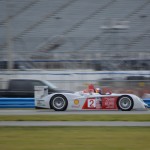
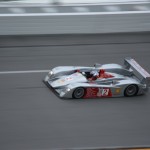
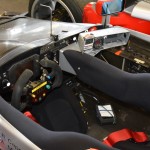
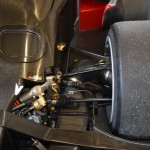
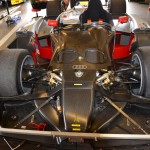
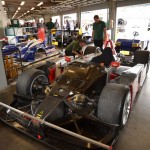
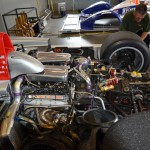
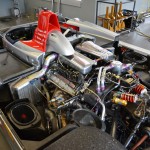
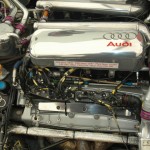
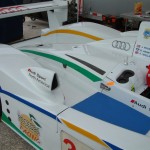
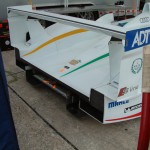
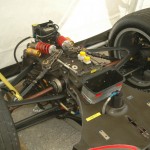
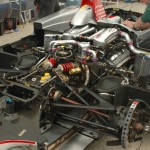
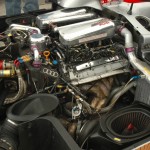
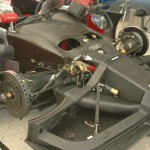
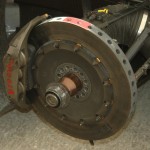
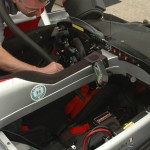
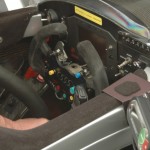
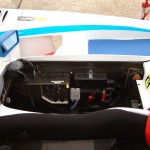
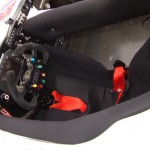
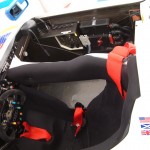
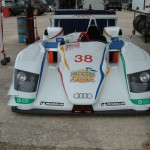
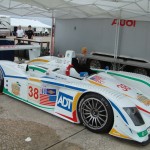
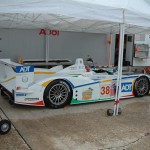



































































































































































































































































































You must be logged in to post a comment.